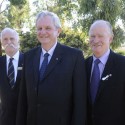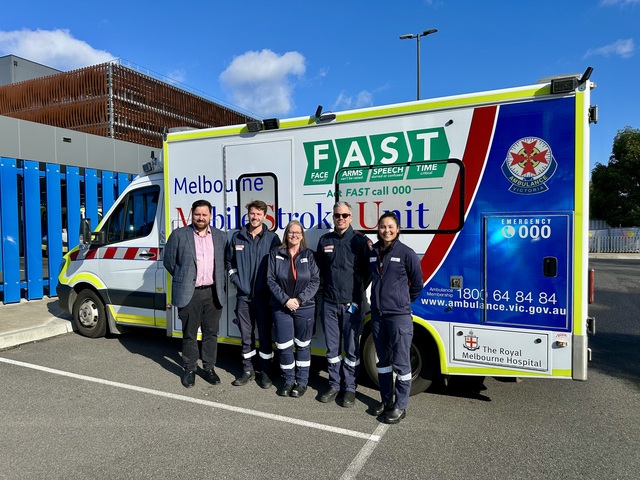By CAM LUCADOU-WELLS
THE rapidly-advancing urban sprawl is tipping the ecological and economic balance in the UNESCO-branded Western Port Biosphere, the region’s foundation has reported.
Western Port Biosphere Foundation’s chairman Duncan Malcolm last week unveiled its first “pilot” report card since the biosphere reserve was designated in 2002 for its “exceptional ecological values on the fringe of an expanding city”.
He stated in the report that the region had been a “focus of significant expansion” of the urban growth boundary.
The subsequent loss of farmland was creating “pressures” on traditional agriculture and could change the “economic balance” as well as biodiversity, Mr Duncan wrote.
“With the loss of arable land to housing within the biosphere, we are losing valuable food production capacity on the fringe of … the huge metropolitan Melbourne population centre.”
Mr Malcolm also warned of the impacts of substantial dredging if the proposed Port of Hastings expansion went ahead.
The region, which covers the land, air and water surrounding Western Port, French and Phillip islands, recently passed UNESCO’s 10-year review.
It comprises parts of Casey, Cardinia, Frankston, Bass Coast councils and the entire Mornington Peninsula shire.
Each of the member councils had plans to reduce carbon emissions such as renewable energy for council buildings and energy-efficient street lighting, the report card stated.
At the report card launch, Mr Malcolm said the next report would look closely at how many biosphere residents worked close to home.
In Casey just 24 per cent of biosphere residents worked within the area; in Cardinia that figure was 29 per cent.
Mr Malcolm posed the question: what would be the impact if an extra 10 per cent of residents worked in the biosphere?
“Whilst recognising and valuing the differences and individuality of each council … there are values common to everyone,” Mr Malcolm said.
“We have an opportunity to work together as a region to protect and conserve, while also fostering a vibrant economy and a rich social fabric.”
Cardinia Cr David Young told the launch that the foundation and councils had to “engage with the broader community … that reside in this terrific environment.”
“Where we’ll make the biggest change won’t be the cultural change (already occurring) in the council … the most significant change is with the broader community.”
Casey mayor Mick Morland said just 7 per cent of native vegetation remained in the municipality.
In response, the council was planting 100,000 items of native flora each year and reducing pest plants on the Western Port shores and Cardinia Creek.







